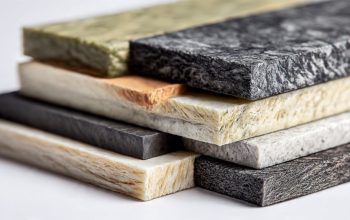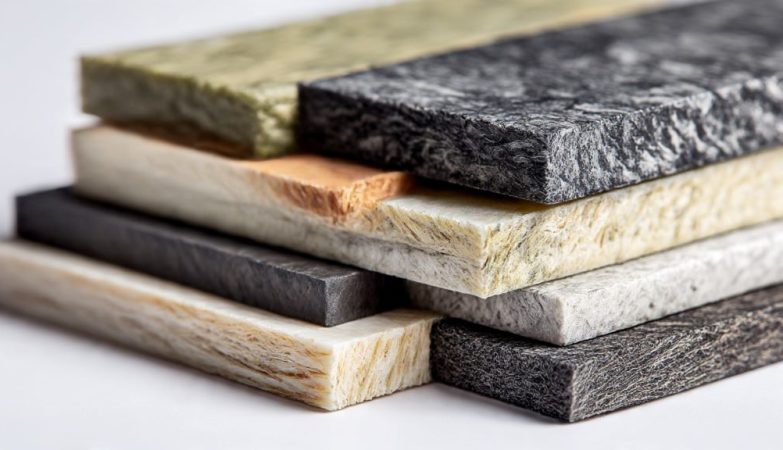Sheet metal fabrication is responsible for many of the components we use day-to-day but often don’t think about. From your computer to your car, sheet metal fabrication is a process used across major industries, such as automotive, aerospace, and medical. Let’s look at the four main steps in the sheet metal fabrication process.
1. Material selection
The first part of the process is selecting the right type of metal for the job. Since different metals have different properties, strengths, and finishes, this is a really important step in the process. Steel, for example, is super-strong and durable, whereas aluminium is lightweight and rust-resistant. Copper is a great choice for electrical applications, and brass can have acoustic properties. Picking the right material for the job depends on what the final product is needed for; for example, it might need to conduct electricity, withstand tough weather conditions, or carry weight.
2. Cutting
Once the material has been chosen, it needs to be cut to the correct size and shape. Fabricators today use technology to assist with this in the form of precise and computer-aided machines, such as laser cutters, water jet cutters, and plasma cutters. These all have different benefits; for example, plasma cutters are best for quick and efficient cuts, whereas water jet cutters are perfect for thicker materials.
3. Deformation – bending and shaping
The flat sheet of the chosen metal will need to be shaped into the desired form to create the finished component or product. Specialist techniques are used to achieve this, such as press braking or roll forming. These help to carefully stretch and bend the metal sheet into the final design, whether a bracket, box, cylinder, or anything else. Expert fabricators such as https://dkmsheetmetal.co.uk/ offer solutions for fabrication projects.
4. Assembly
The last step in the process is assembling the individual components, which could involve processes such as welding, riveting, or using adhesives. The aim is to ensure the final product holds together well and performs exactly as it is designed to perform.


